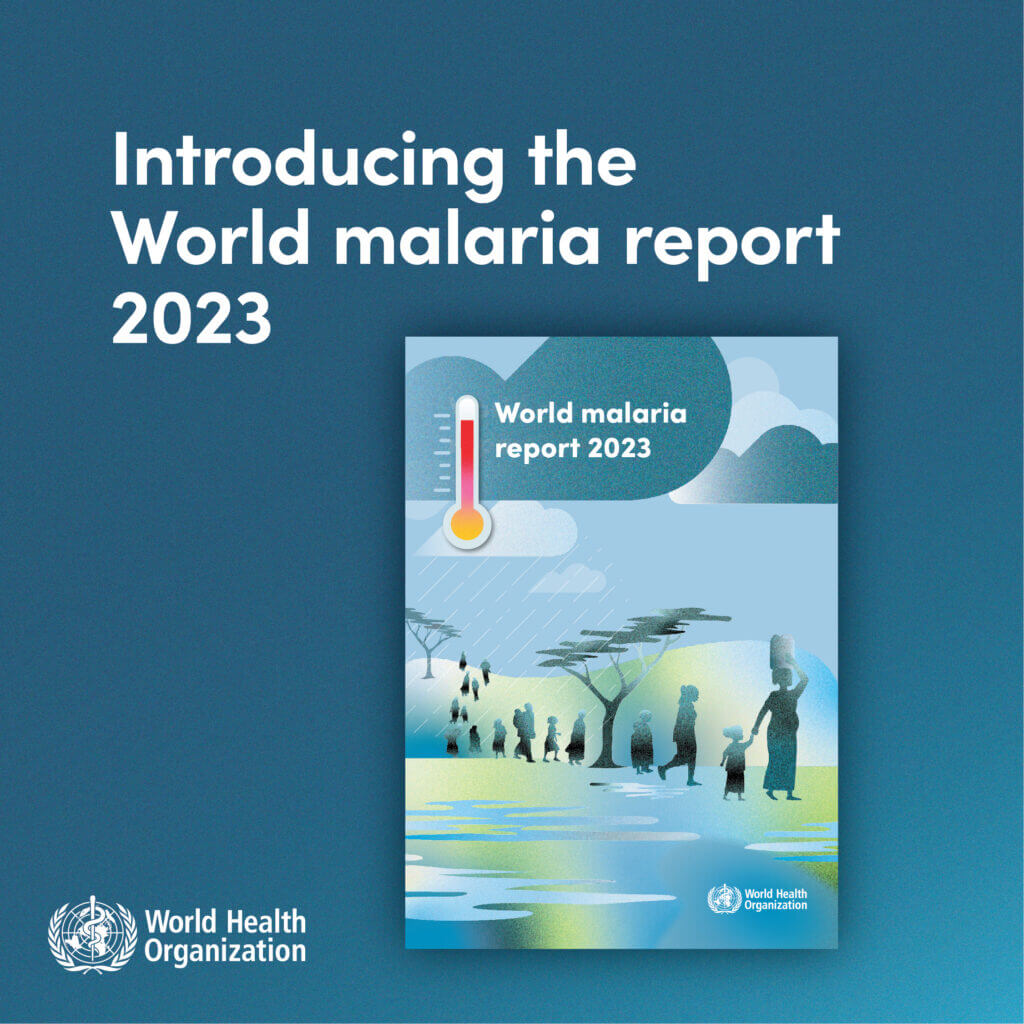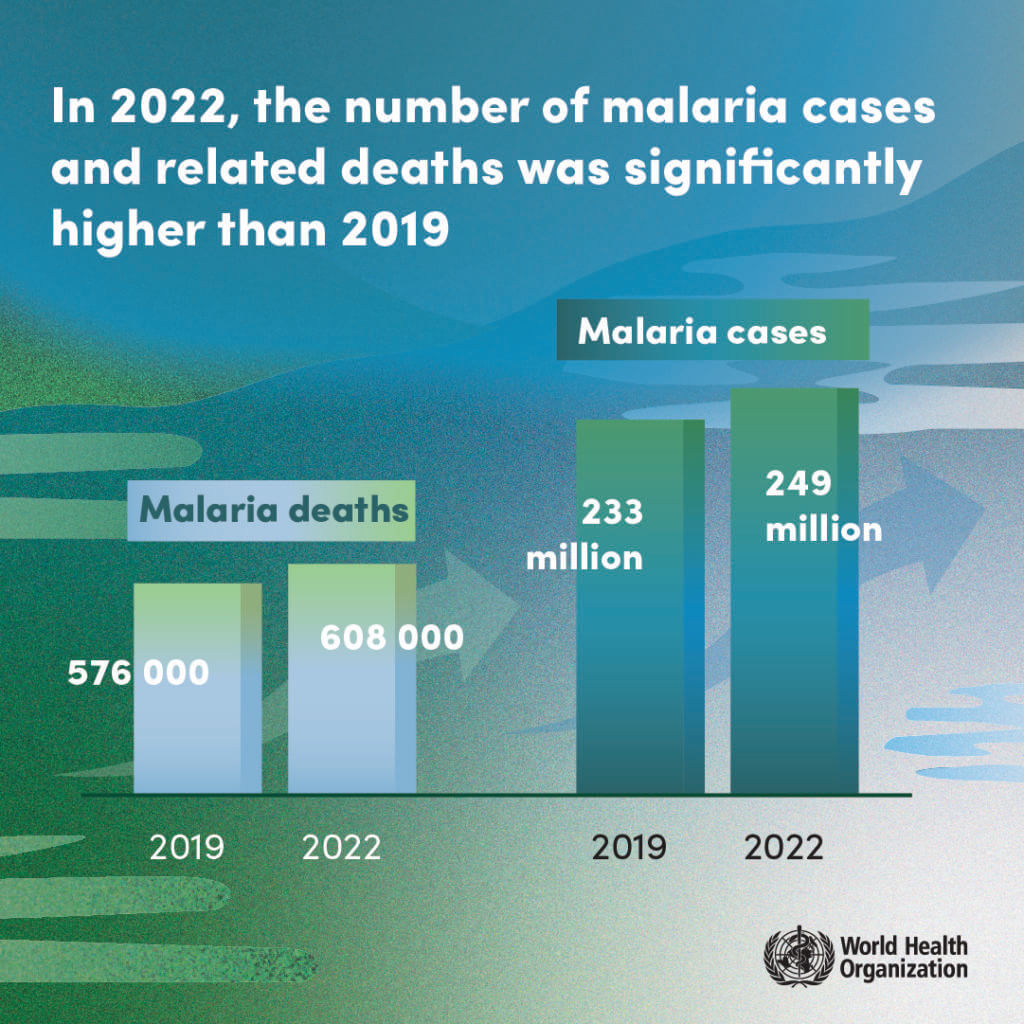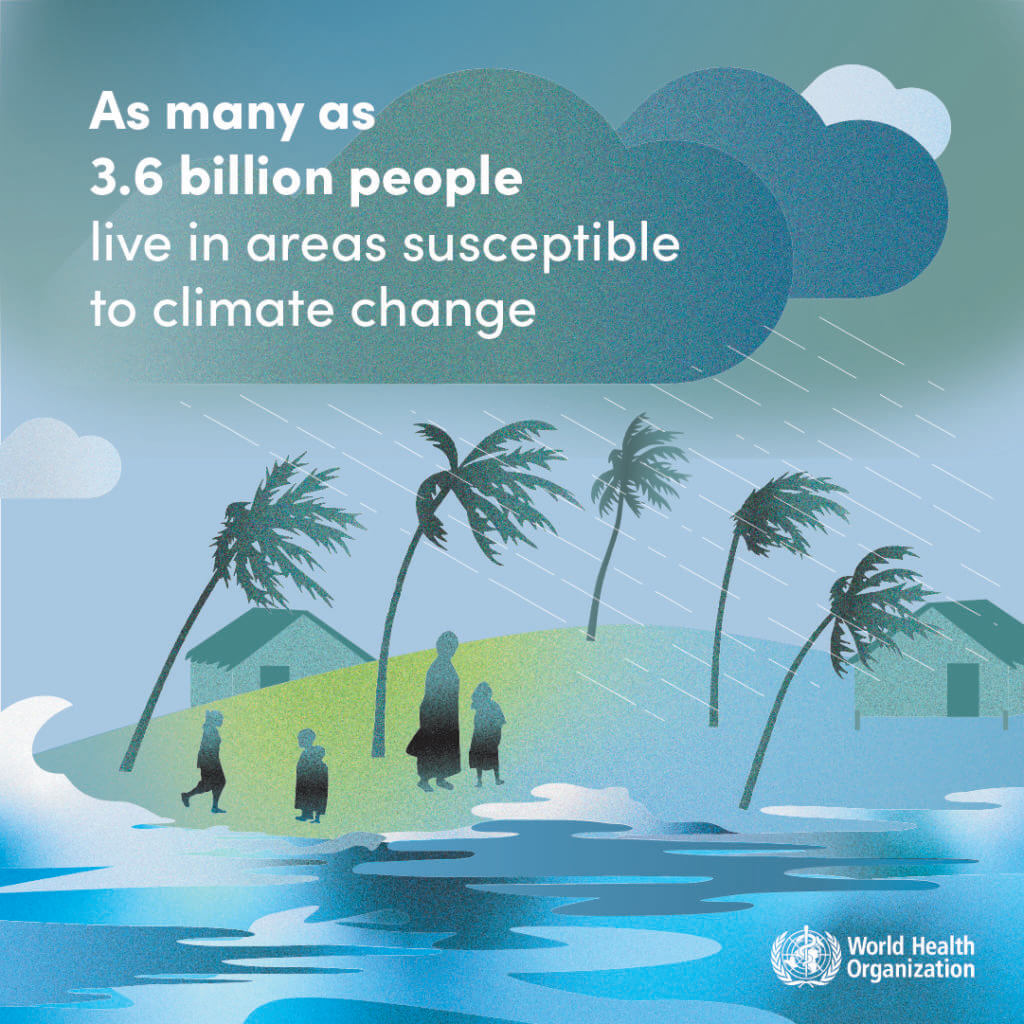World Malaria Report 2023: Key findings from the report


Today the World Health Organization published its annual World Malaria Report, finding that after the Covid-19 pandemic, there had been an increase in malaria incidence and mortality rates and five countries bore the brunt of the global malaria case increases. Between 2021 and 2022, the 5 million additional cases observed were mainly concentrated across five countries, three being in Africa in Ethiopia, Nigeria (+ 1.3 million each) and Uganda (+ 597,000).


World Malaria Report 2023, World Health Organization
The report identified that the number of global malaria cases in 2022 was significantly higher than before the pandemic in 2019. From 2000 to 2019, the number of global malaria cases fell from 243 million to 233 million. There were an additional 11 million cases in 2020, no change in 2021, and then an increase of 5 million cases in 2022, for a total of about 249 million cases.
The number of global malaria deaths in 2022 was also higher than in 2019. Since 2000, malaria deaths declined steadily from 864 000 to 576,000 in 2019. With the onset of the pandemic, the number of deaths increased by 55,000 in 2020, to 631,000. Marginal decreases in the following two years resulted in an estimated 608,000 deaths in 2022 – 32,000 more deaths than before the pandemic.
11 countries have been identified as ‘High Burden to High Impact’ (HBHI), which was spearheaded by WHO and the RBM Partnership to End Malaria in 2018, and was designed to support the world’s 11 highest malaria burden countries which are:
- Burkina Faso,
- Cameroon,
- the Democratic Republic of the Congo,
- Ghana,
- India,
- Mali,
- Mozambique,
- Niger,
- Nigeria,
- Uganda and
- the United Republic of Tanzania,
with Sudan joining as a 12th country in 2022.
After an initial surge in cases and deaths in HBHI countries during the first year of the pandemic, case numbers have largely stabilised, and the number of deaths is returning to 2019 levels. In 2022, there were an estimated 167 million cases (67% of the global total) and 426,000 deaths (73% of the global total) in the original HBHI countries.
The report also identified the relationship between climate change and malaria. Climate change is recognized as one of the biggest threats and challenges to human health and wellbeing, and vulnerable groups are particularly hard hit. A changing climate can directly affect malaria transmission due to the sensitivity of the malaria parasite and the mosquito to temperature, rainfall and humidity. For example, ideal mosquito breeding and survival occurs at temperatures ranging from 20–27° C, with mortality increasing above 28° C. Conversely, a slight warming in cooler, malaria free zones could lead to new malaria cases allowing us to see malaria in parts of the world we have not seen it in. Indirect effects of climate change on malaria transmission can also occur through reduced access to essential health services such as disruptions to the supply chain of critical malaria commodities, like insecticide-treated nets and medicines; population displacement, as people without immunity move to malaria-endemic areas; and rising food insecurity and malnutrition, a risk factor for severe malaria among young children and pregnant women.

Core interventions to control and eliminate malaria, such as insecticide-treated mosquito nets (ITNs), indoor residual spraying (IRS), antimalarial medicines, rapid diagnostic tests (RDTs) and, most recently, vaccines (RTS,S/AS01 and R21/Matrix-M) play a crucial role in reducing transmission and mortality rates. They not only support the goal of malaria elimination but also contribute to broader public health gains and economic stability in affected regions. Despite progress in expanding access to WHO recommended malaria interventions, too many people are still missing out on the services and quality care they need to prevent, detect and treat the disease.
Although the findings from this year’s report lay bare the heavy burden of malaria in Africa, they also paint a hopeful picture around the opportunities to accelerate progress. With the right investment, research and development, community engagement and political will, it is possible to reverse the trends and accelerate progress towards malaria elimination. Now is the time to act.
